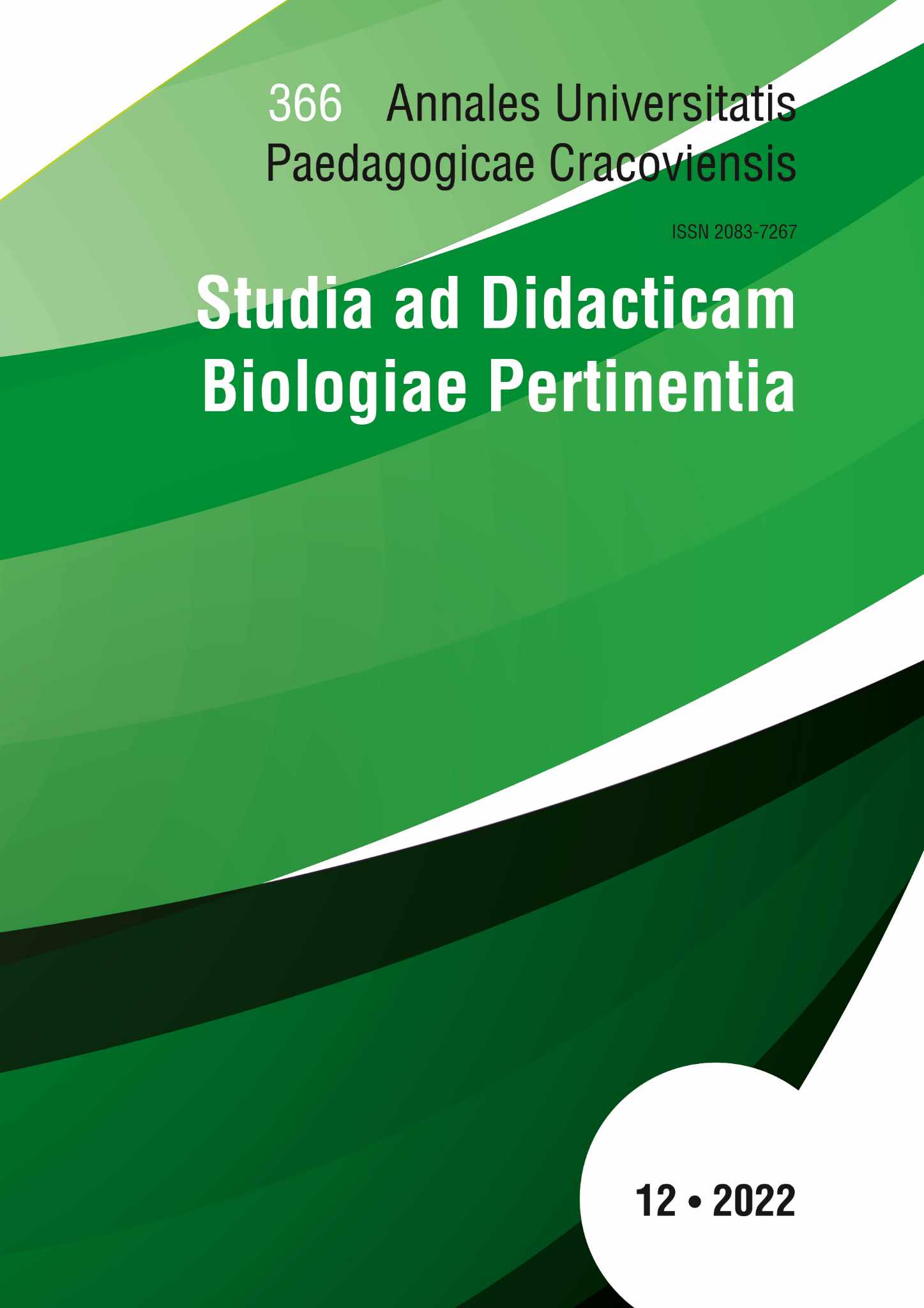Bridging the Gap – Sustainable Development in Secondary and Tertiary Education
Bridging the Gap – Sustainable Development in Secondary and Tertiary Education
Author(s): Małgorzata Duda, Iwona MaciejowskaSubject(s): Energy and Environmental Studies, Environmental interactions, Sociology of Education
Published by: Wydawnictwo Uniwersytetu Komisji Edukacji Narodowej w Krakowie
Keywords: critical thinking; higher education; student opinions; sustainable development;
Summary/Abstract: The aim of this paper was to examine the knowledge with which secondary school alumni come to higher education and with which graduates of natural science study programmes leave the university walls. In addition to the analysis of educational documents, the case study method was used to investigate the ‘Fundamentals of Sustainable Development’ course conducted at the Faculty of Biology of the Jagiellonian University in Krakow. Research results indicate that the concept of Sustainable Development (SD) appears repeatedly in the Polish curricula for school subjects, and consequently it is possible and appropriate to refer to this content in university education using so -called retrieval -based learning and activating prior knowledge. However, an analysis shows that holistic approach to sustainable development is lacking in the Polish education system, both at level four (upper secondary school) and levels six and seven (BSc, MSc) of the European Qualification Framework. The concept of SD appears in the general education core curriculum for secondary and technical schools such subjects as biology, chemistry and geography, which reduces the students’ understanding of SD to the environmental and economic dimensions only. The authors showed that even during a lecture devoted to SD, the active teaching and learning methods may be used at university level (e.g. film analysis, words cloud, e -posters, discussion forum, interactive website) to motivate students to search, to talk, to express their own opinions. The methods enable a teacher to get to know the students’ views, to consider together with them the quality and reliability of the information found, and, most importantly, to catch and work through the so -called misconceptions/alternative conceptions. An unexpected internal contradiction was found. On the one hand, the three life factors the most important to the biology students were: health, safety and securing financial needs, on the other hand, when asked about the definition of SD, most of them focused solely on the environmental dimension.
Journal: Annales Universitatis Paedagogicae Cracoviensis. Studia ad Didacticam Biologiae Pertinentia
- Issue Year: XII/2022
- Issue No: I
- Page Range: 19-37
- Page Count: 19
- Language: English

